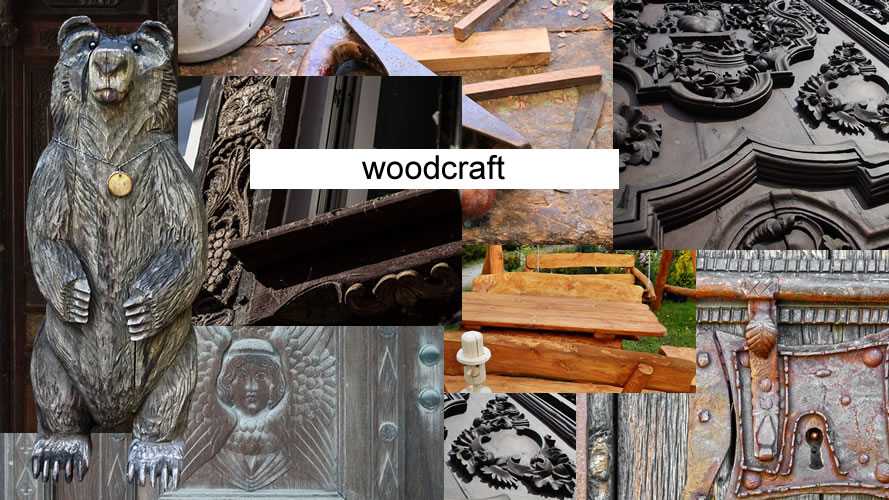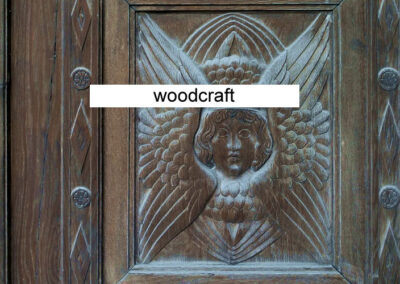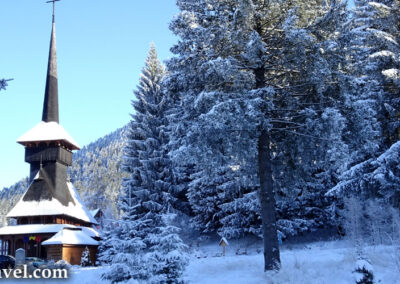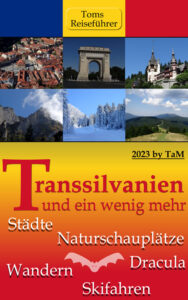Wood craftsmanship has a long tradition in Romania, dating back to the Middle Ages, and is closely linked to the forestry of this country rich in nature. Over the centuries, craftsmen have developed various techniques and processes to make a wide range of products from wood, including furniture, wooden toys, household items and jewelry. Romania also has a long tradition of building wooden churches, especially in rural areas.
Wood Craft
One of the most famous regions for Romanian wood crafts is Maramures, a region in the northwest of the country. Romanian craftsmanship is also known for its high quality and versatility. Here, numerous traditional craft techniques have been preserved until today. Woodcarving is one of the most famous art forms practiced in Maramures, among others. Woodcarving includes the production of sculptures, furniture, household items and decorative elements. The production of wooden roofs and gates is also widespread in Maramures.
Besides Maramures, there are other regions in Romania characterized by a strong tradition in wood crafts. For example, Transylvania, where handmade furniture and wooden toys are produced.
In recent years, Romanian wood crafts have gained international importance as the demand for handmade products and sustainable materials has increased. Many Romanian craftsmen now work with modern technologies and materials, but without abandoning the traditional techniques and processes that have made Romanian wood crafts so unique.
Wooden Churches
Romania has a long tradition of building wooden churches. They are located all over Romania, but especially in the rural areas. The wooden churches are often the center of villages and have an important cultural significance for the local population.
Some of the most famous wooden churches in Romania are located in the Maramures region in the northwest of the country. There are a number of wooden churches here that are UNESCO World Heritage Sites, including the wooden churches of Surdesti, Budesti and Desesti. These churches were built in the 18th and 19th centuries and are known for their rich wood carving and architecture.
However, Transylvania also has several traditional churches with wooden towers and roofs that play an important role in the religious life of the communities. One example is the Lutheran church in Dârjiu, which is also a UNESCO World Heritage Site.
Other regions of Romania where wooden churches can be found include the Bukovina region in the northeast of the country. Here there are a number of Orthodox churches decorated with rich wooden paintings and carvings.
The wooden churches in Romania are, on the one hand, an important part of Romanian culture and history, and on the other hand, a testimony to the craftsmanship of Romanian wood artisans.




